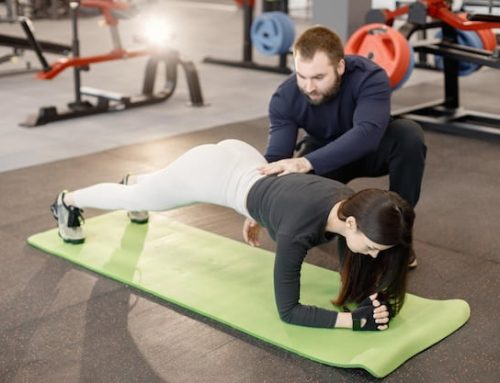Introduction
Sports-specific training is a specialized form of fitness training that targets specific areas of the body to improve athletic performance. This type of training involves a combination of strength training, endurance training, and flexibility training designed to improve an athlete’s overall fitness level. Before diving into sports-specific training, it’s important to understand the 11 areas of fitness.
What are the 11 areas of fitness?
The 11 areas of fitness are as follows:
- Cardiovascular endurance
- Stamina
- Strength
- Flexibility
- Power
- Speed
- Coordination
- Agility
- Balance
- Accuracy
- Reaction time
Cardiovascular endurance
Cardiovascular endurance is the ability of the heart and lungs to supply oxygen to the muscles during sustained physical activity. This is an important area of fitness for endurance sports like running, cycling, and swimming. Cardiovascular endurance can be improved through activities like running, swimming, and cycling.
Stamina
Stamina is the ability to sustain prolonged physical or mental effort. This area of fitness is important for endurance sports like long-distance running and cycling. Stamina can be improved through activities like interval training and tempo runs.
Strength
Strength is the ability to exert force against an external resistance. This area of fitness is important for sports like football, basketball, and weightlifting. Strength can be improved through activities like weightlifting, bodyweight exercises, and resistance training.
Flexibility
Flexibility is the ability of joints to move through their full range of motion. This area of fitness is important for sports like gymnastics, dance, and martial arts. Flexibility can be improved through activities like stretching and yoga.
Power
Power is the ability to generate force quickly. This area of fitness is important for sports like boxing, basketball, and football. Power can be improved through activities like plyometrics and Olympic lifting.
Speed
Speed is the ability to move quickly over a specific distance or period of time. This area of fitness is important for sports like sprinting, basketball, and football. Speed can be improved through activities like interval training and sprint drills.
Coordination
Coordination is the ability to perform complex movements smoothly and efficiently. This area of fitness is important for sports like dance, gymnastics, and figure skating. Coordination can be improved through activities like balance exercises and agility drills.
Agility
Agility is the ability to change direction quickly and efficiently. This area of fitness is important for sports like soccer, basketball, and football. Agility can be improved through activities like ladder drills and cone drills.
Balance
Balance is the ability to maintain a stable position while performing a task. This area of fitness is important for sports like gymnastics, figure skating, and surfing. Balance can be improved through activities like balance training and yoga.
Accuracy
Accuracy is the ability to execute a task with precision. This area of fitness is important for sports like archery, golf, and darts. Accuracy can be improved through activities like target practice and visualization techniques.
Reaction time
Reaction time is the ability to respond quickly to a stimulus. This area of fitness is important for sports like sprinting, basketball, and football. Reaction time can be improved through activities like reaction drills and video game training.
Conclusion
In conclusion, sports-specific training is a combination of multiple areas of fitness that are targeted to improve athletic performance. By understanding the 11 areas of fitness, athletes can tailor their training specifically to their sport and improve their overall performance. Whether an athlete is looking to increase their strength, power, speed, or coordination, there are specific exercises and drills that can help them achieve their goals.






